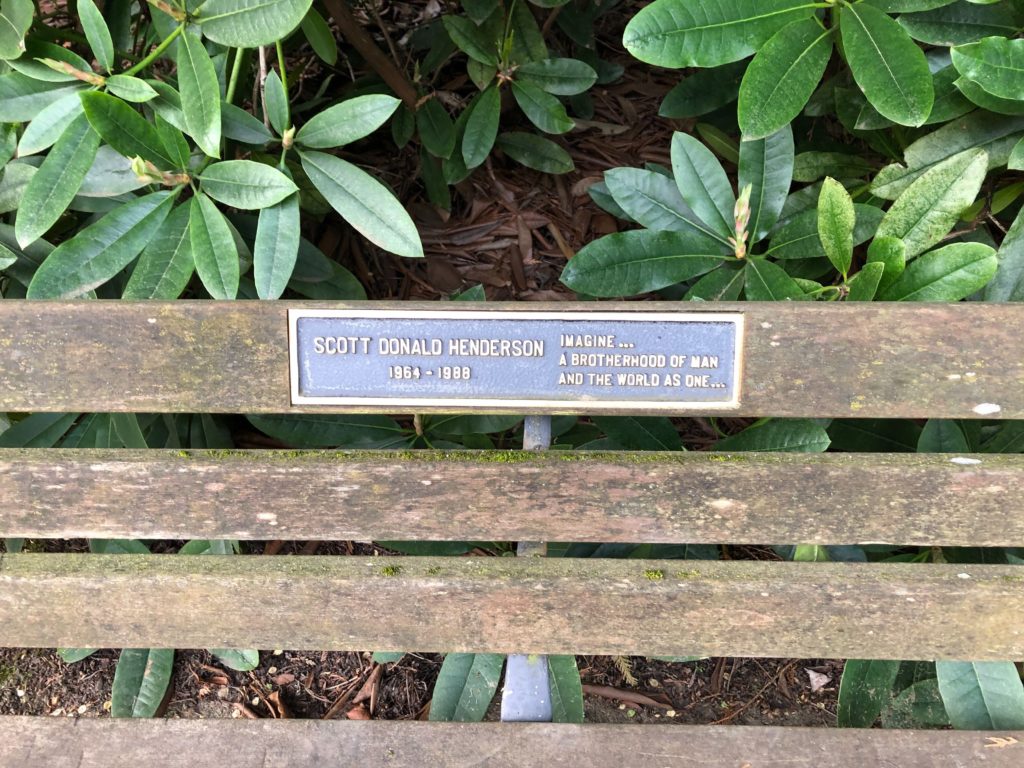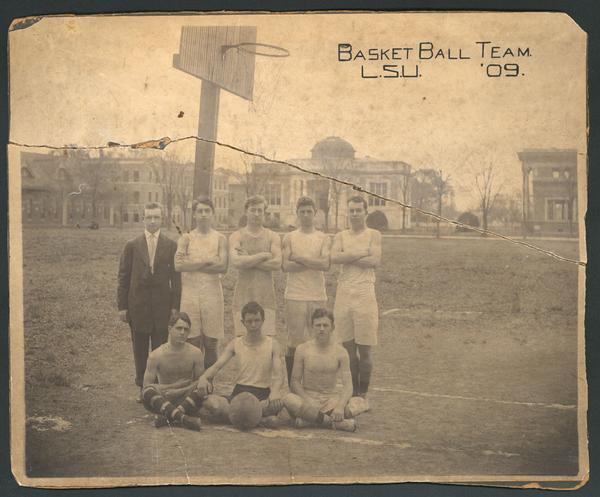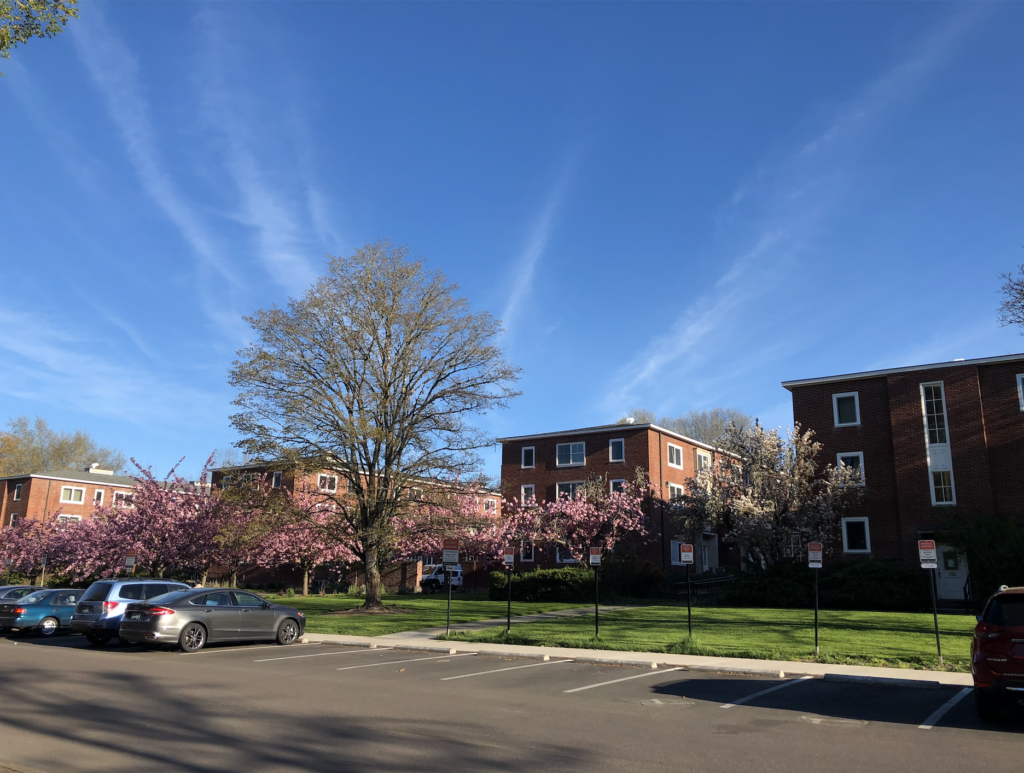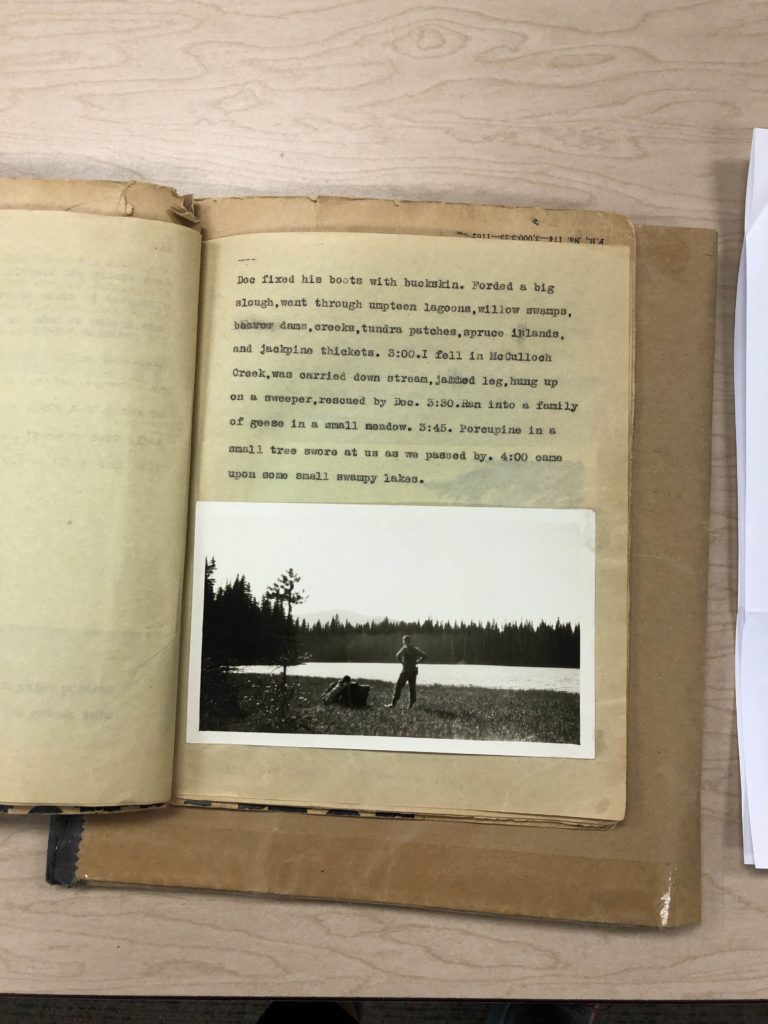This post is the third in a series on the effects of the “Spanish” Flu pandemic in 1918 and 1919. In light of the recent situation with COVID-19, SCARC archivists Anna Dvorak and Larry Landis explore how past epidemics and pandemics have impacted the Oregon State and Corvallis communities.

The course of illness in Corvallis and on the Oregon Agricultural Campus campus was more contained than in other regions of the state, especially the larger city of Portland. Corvallis took measures to limit gatherings before Portland and OAC had wards set up to isolate sick students. The presence of the Students’ Army Training Corps (SATC) on OAC’s campus greatly affected the efficiency of caring for sick students, which in turn encouraged Corvallis to follow suit.
In late September 1918, just as OAC students were arriving in Corvallis to start their classes in October, Benton county residents were requested to contact their local health officer, H. S. Pernot, on the authority of the Surgeon General of the United States if they exhibited symptoms of the flu. This measure was enacted to create as little impact on war work as possible and help prevent the epidemic from spreading. However, more extreme measures were not put in place.

The Spanish Flu was first mentioned in the Gazette-Times in relation to practices troops overseas were implementing to combat the flu on August 20, 1918. The first Corvallis death would come a month later when Mrs. Vena Rickard Clark, a former Corvallis resident who called Portland home, succumbed to the virus on September 28 while visiting New York City. It was believed she had contracted the flu while sightseeing in Boston.
As of October 11, the Gazette-Times announced that there were no cases of influenza in Corvallis and OAC students were being given medical attention at the first signs of colds or grippe in order to monitor for development of influenza. On the 14th, the Gazette-Times announced that with the situation under control, the number of cases of influenza were decreasing. The SATC Commander Colonel A. C. Sharp found the situation very encouraging and elaborated that it did not even compare to “real epidemics” he had witnessed. A census of nurses already planned to be completed by Christmas, was fast tracked in order to supply the War Department with the numbers of nurses available for future need.
A week later on Saturday October 19, a Gazette-Times article announced that churches and schools would be closed starting the next day and although more information was not available yet, the situation looked promising. They reported only several cases in Corvallis and the campus was “very much better.” Most of the cases in Corvallis at that time seemed to be downtown. The newspaper advised “To sit tight, keep cool, and spray.”
Albany and the rest of Linn County followed suit on November 2, 1918, when they closed schools on orders from the State that all schools be closed. At the time, they reported having no deaths due to the flu.
On November 8, 1918, Major Cross of the United States’ Medical Corps, attributed the relative success of the Corvallis epidemic to “above average intelligence” and a successful newspaper education campaign. At that time, there were only 2 deaths out of 400 cases in Corvallis and 4 deaths out of 600 on campus.
After the middle of November, the intensity of the epidemic began to weaken. It was fortunate that was the case, since the official announcement of the armistice on November 11 caused jubilant rejoicing and plans for a large celebration in Portland on the 16th. But this rejoicing and groups celebrating the end of the war brought on another wave of the flu.

The city of Corvallis locked down in early December and instituted a ban on “unnecessary gatherings,” which was very loosely defined and understood to allow for school attendance and businesses to keep their doors open. The city wanted to make sure the flu would not impact Christmas celebrations and “In the meantime, the public is advised to take care of itself, sit tight and to investigate all rumors before passing them on.”
By early January 1919, Corvallis reported a decrease in the number of cases reported, despite rumors that there were new cases and the town would have to be quarantined. On January 9, the Gazette-Times reported that no deaths had occurred since December 26. But there seems to have been a spike soon after this report in mid- to late-January 1919 that made it necessary to shut the town down again. At this time, City Health Officer Dr. R. L. Bosworth printed reports about homes under quarantine, with addresses, but did not list the numbers of residents infected. The reports did note that many times whole homes were sick, so the number sick was much greater than the number of homes under quarantine.
Corvallis fared much better than other places and those in quarantine were less than 1% of the total population. However, cases continued to be reported, and more and more homes were placed under quarantine than were released. Residents were encouraged to do all that they could to “stamp out the disease.” On January 17, the city council voted to close the town, which would include closing schools, churches, theaters, and pool and dance halls. It was also reported that there were no recent deaths from the flu and there were plans to establish a hospital at the Evangelical Bible School in hopes of copying the college’s success in isolating flu cases.

On February 7, 1919, there were no new cases on campus and only 5 homes in Corvallis under quarantine. By February 13, the Gazette-Times reported that Corvallis was flu free, and had been for several days, and was the first of the larger towns to report being so.
The pandemic in Corvallis lasted through Spring 1919. Frank McCready, who died April 11, 1919, was reported as the last casualty of the flu pandemic. Two weeks later on April 25, 1919, fear of a new outbreak was raised when neighboring town and state capital Salem reported five new cases. However, that outbreak didn’t spread to Corvallis.
Fear of another outbreak during the 1919-1920 flu season was high, and preparedness was the key for any potential new outbreak. From the previous year, Corvallis had already established effective measures to prevent the spread of disease and these would need to be put in place again if necessary. Corvallis planned on quarantining those infected as the main measure.
This post was contributed by Anna Dvorak. Anna is a Processing Archivist and Historian of Science, and serves as SCARC’s social media coordinator.




























